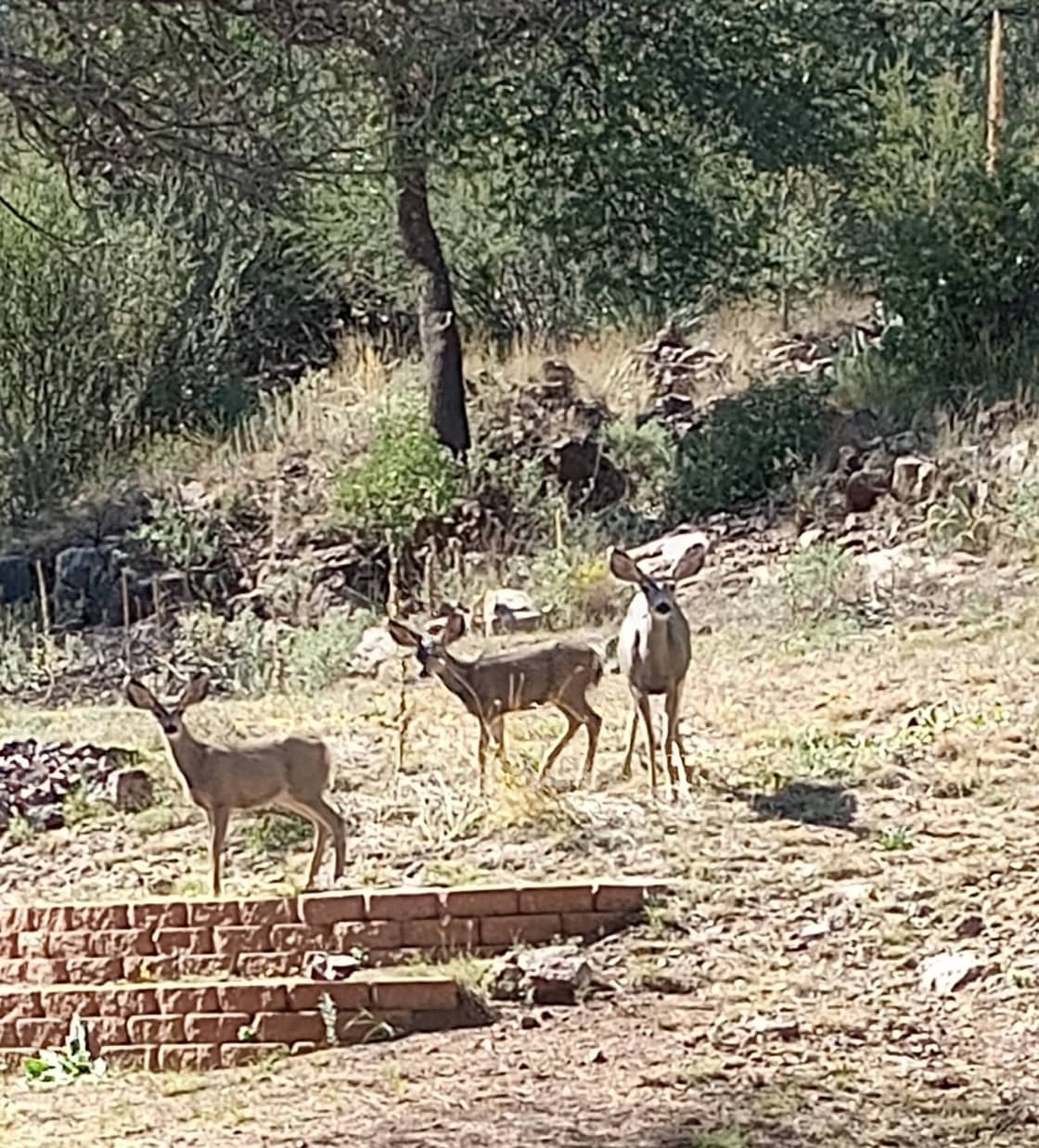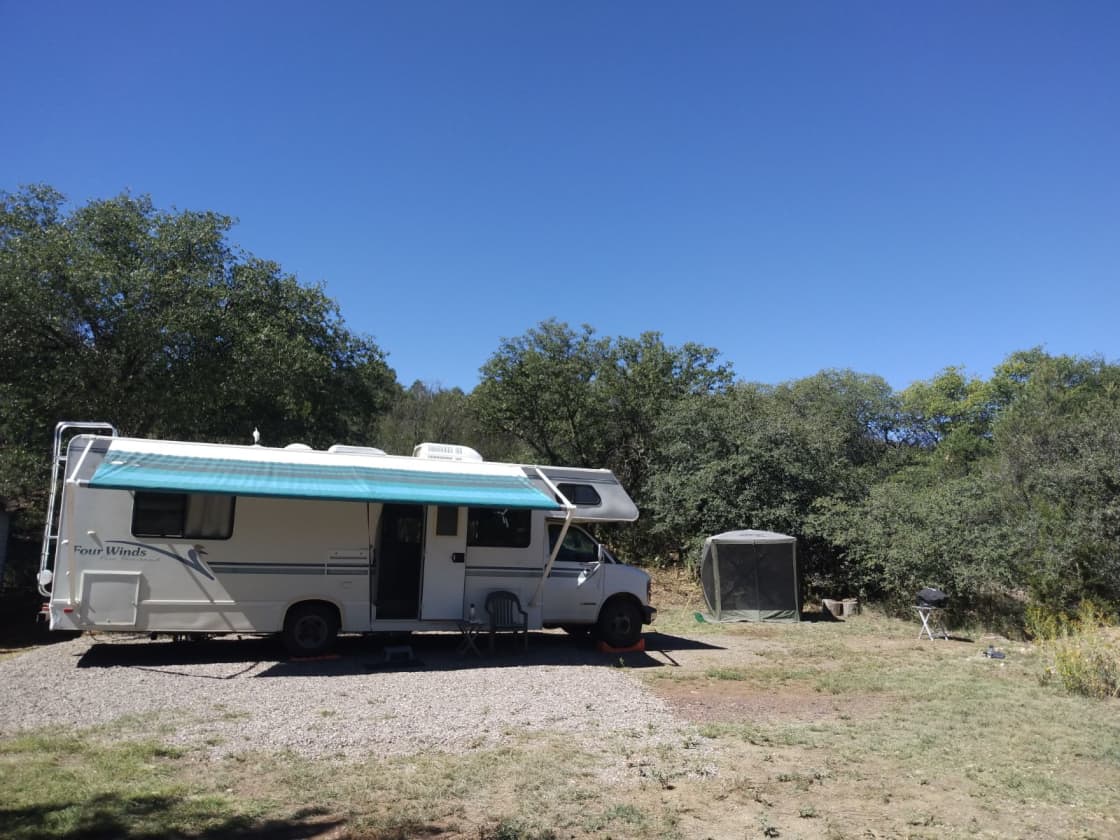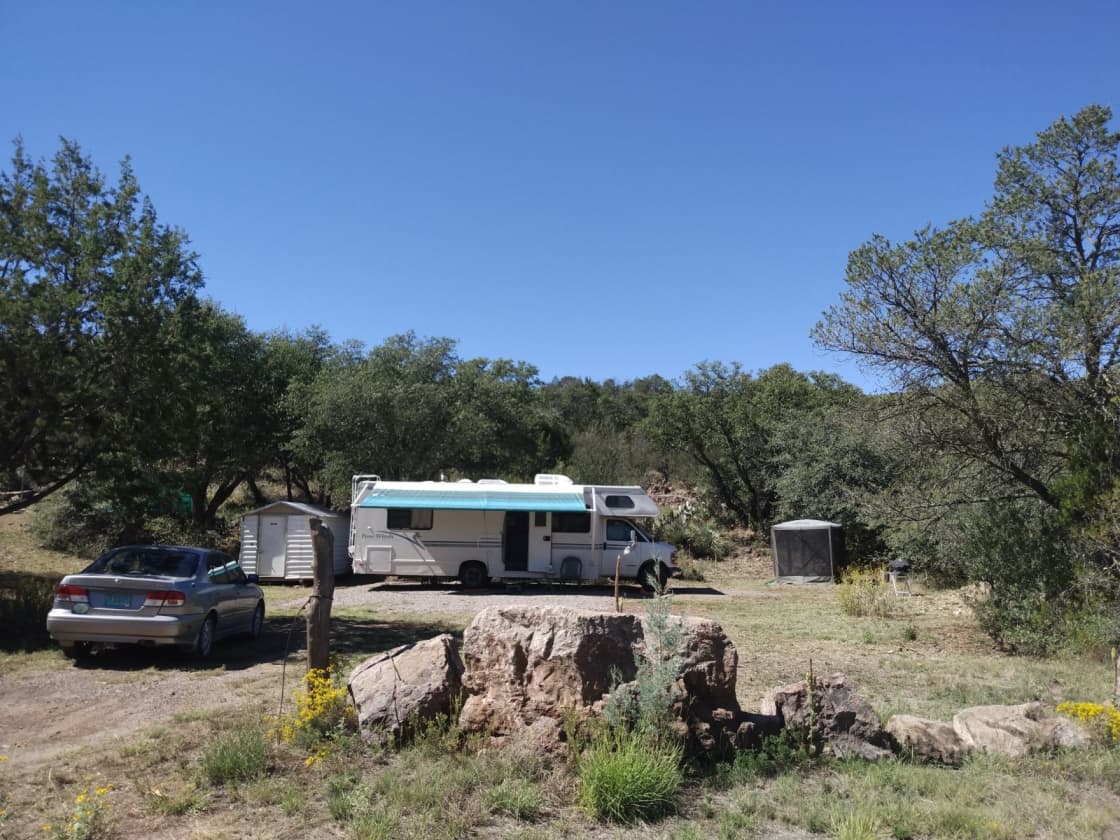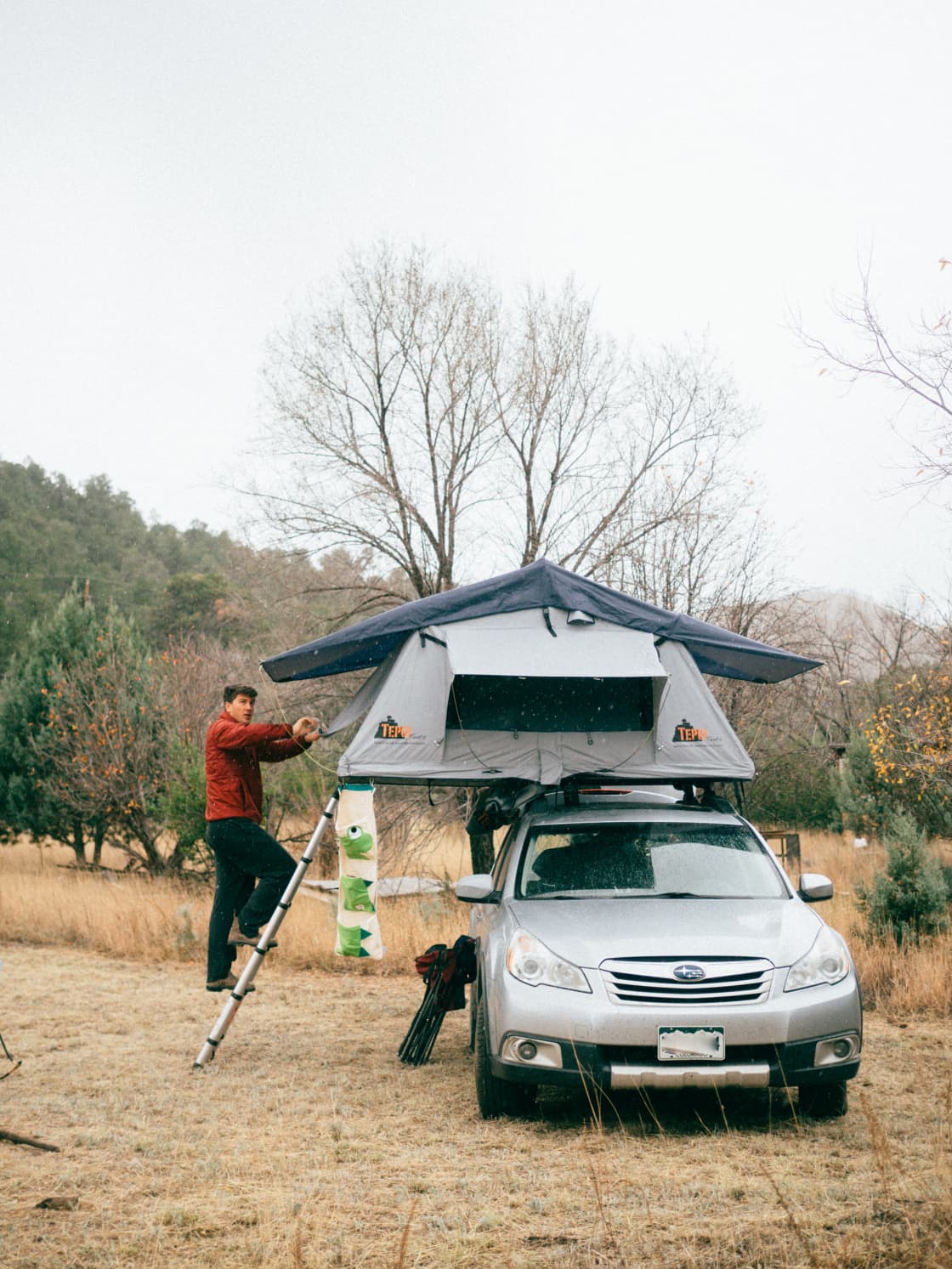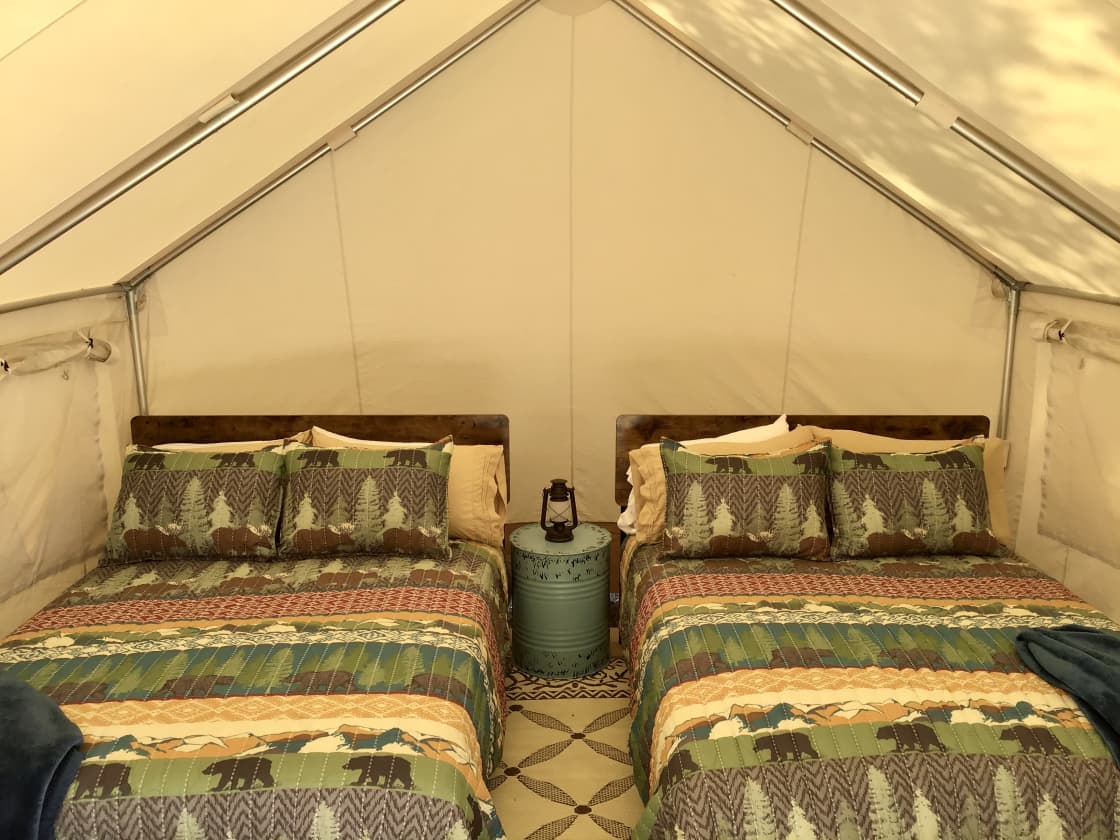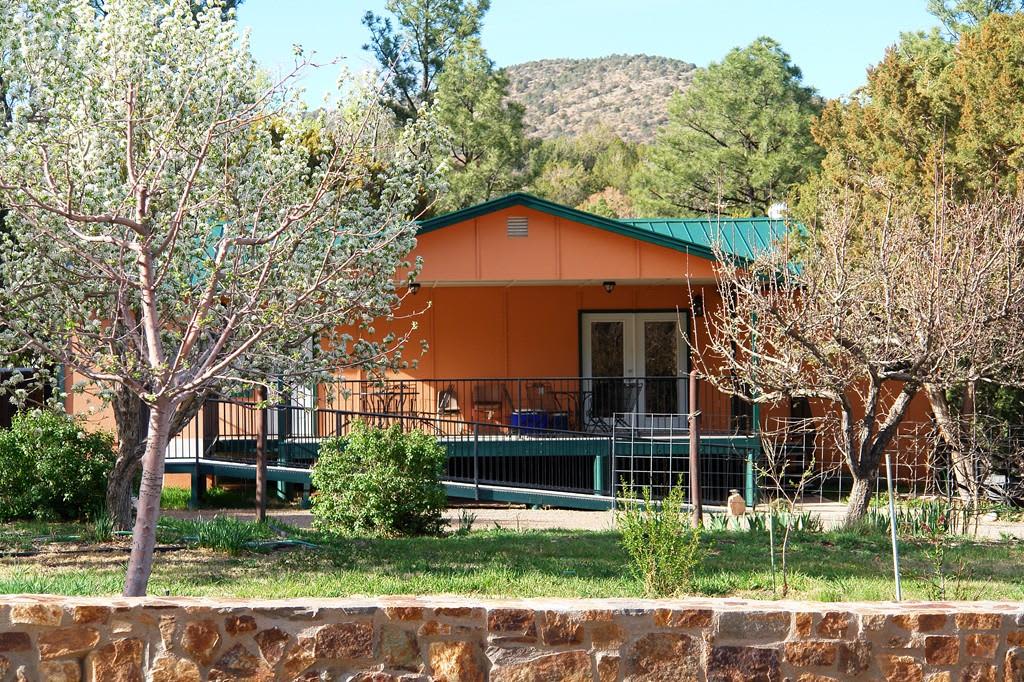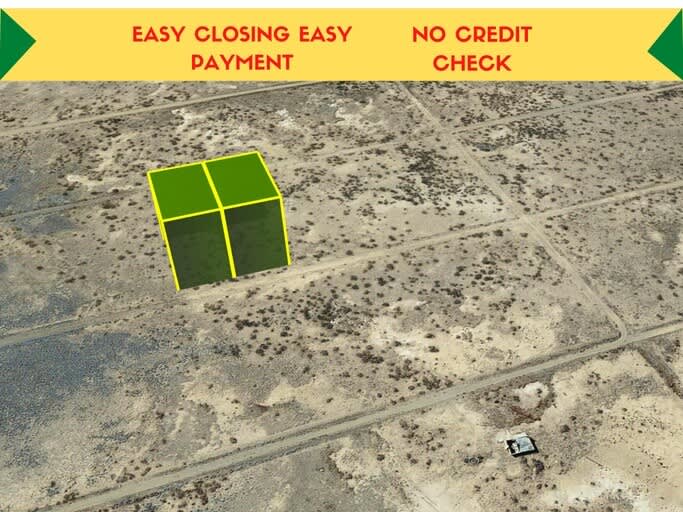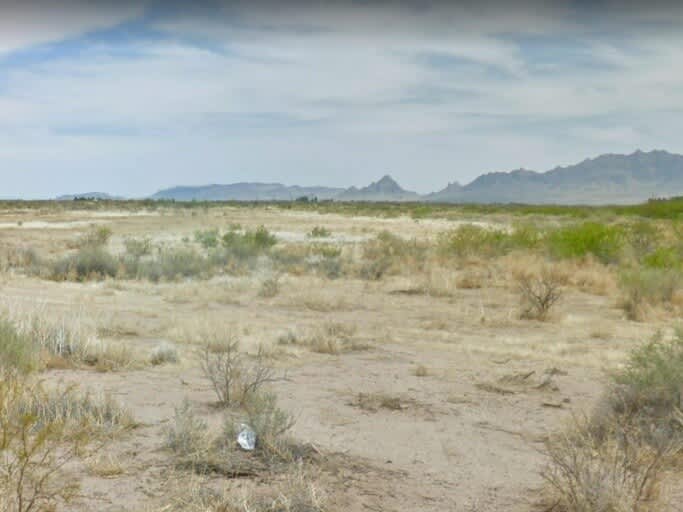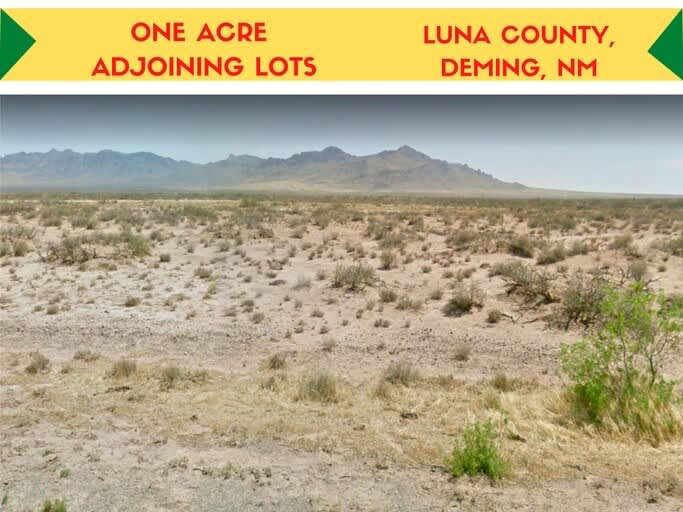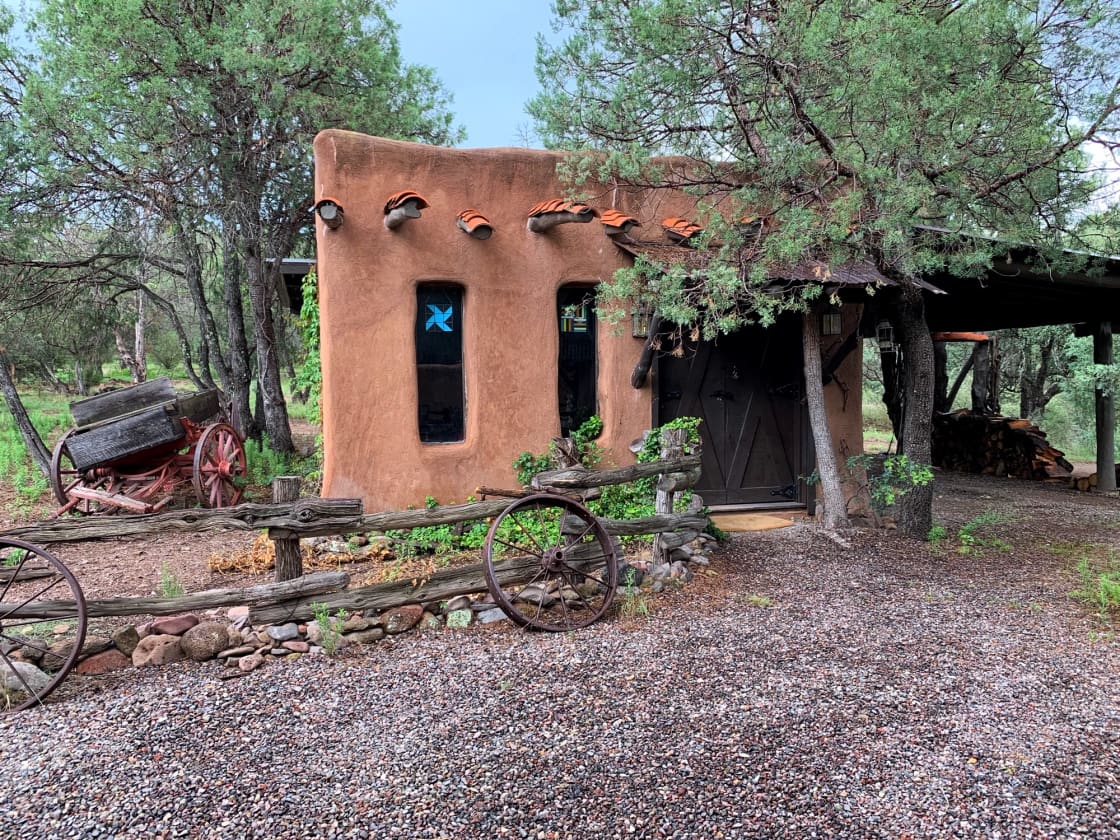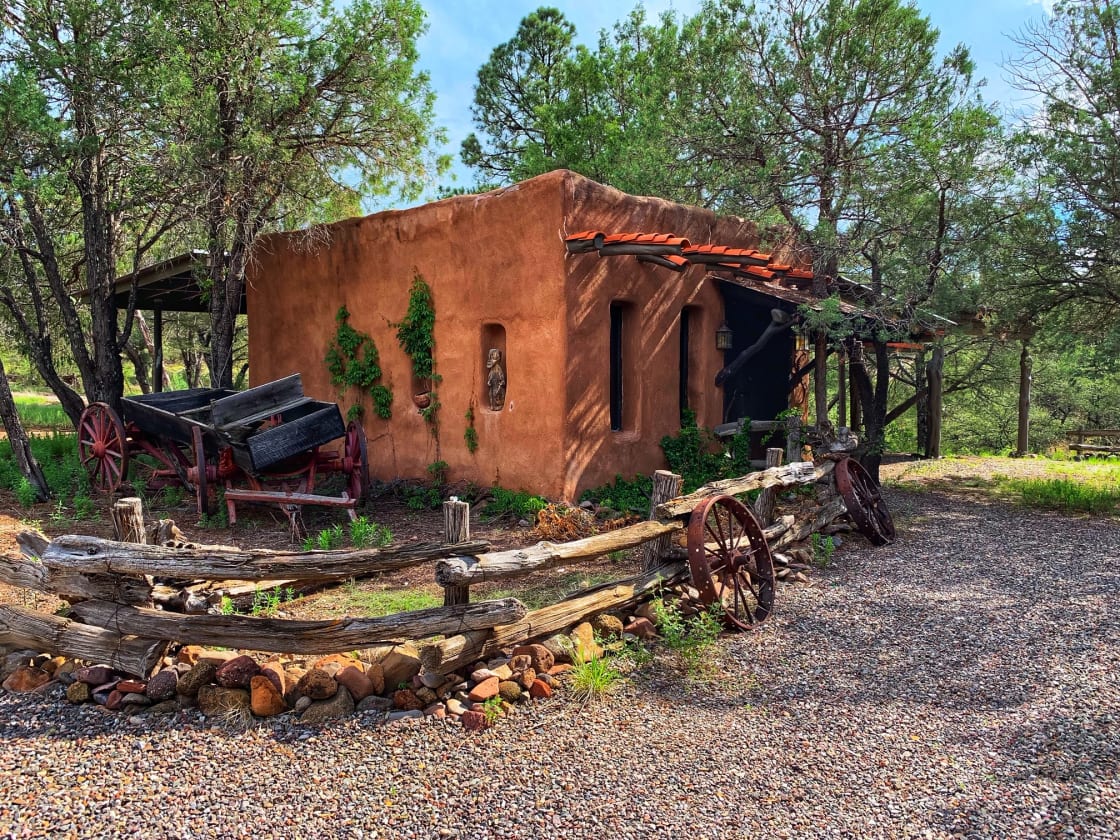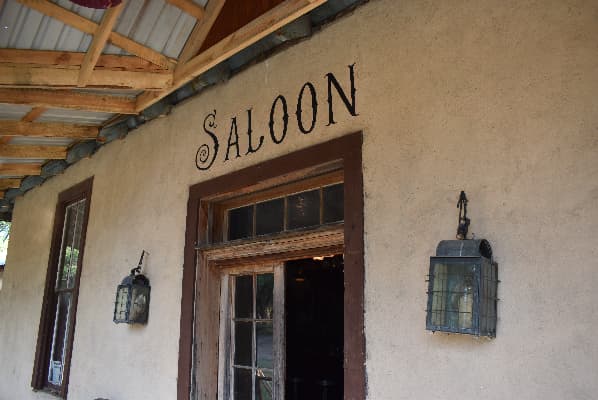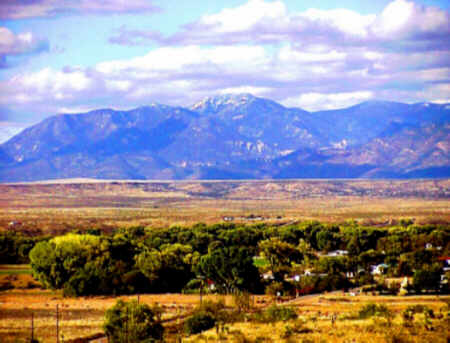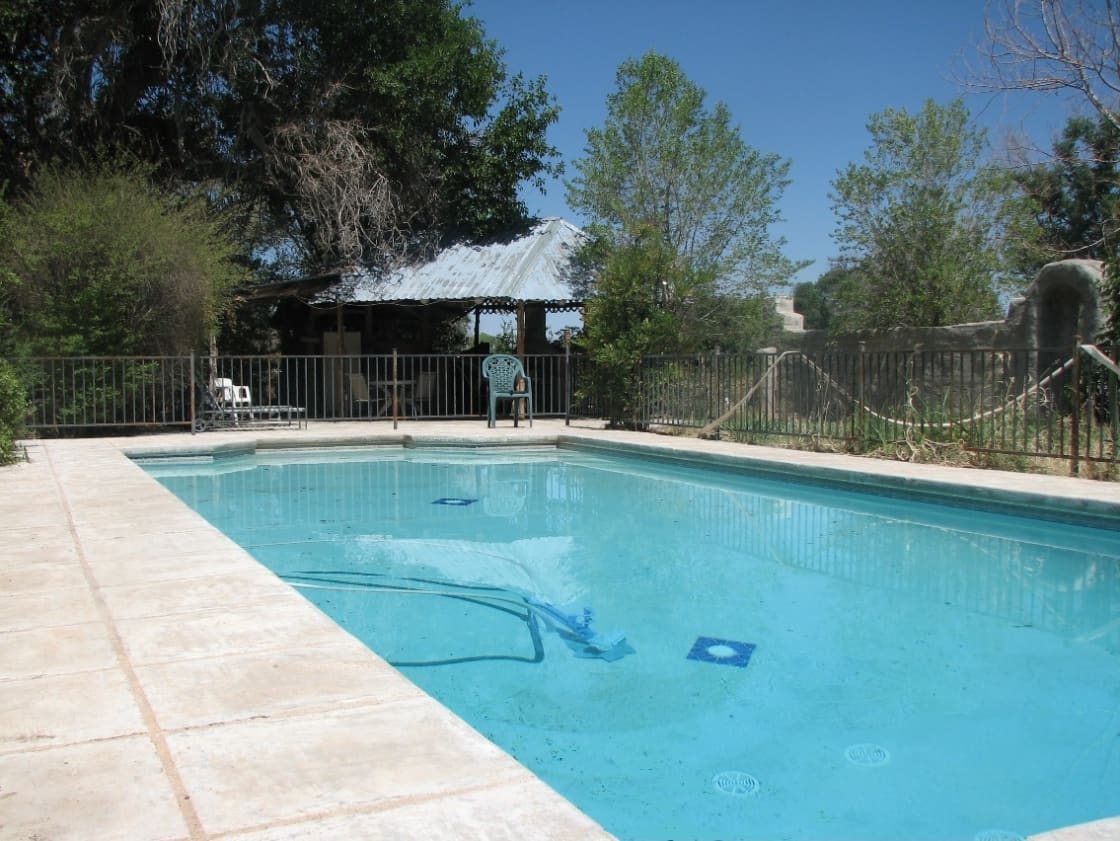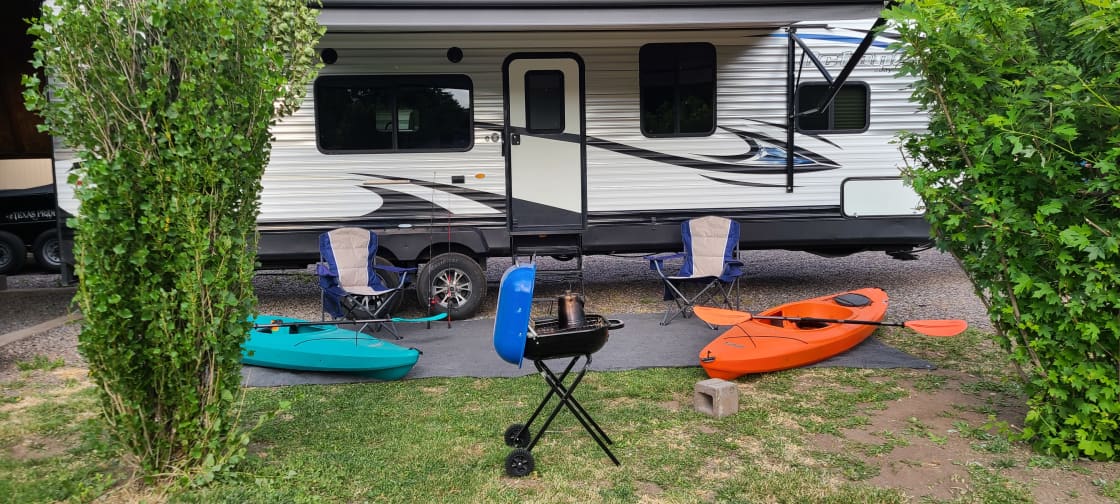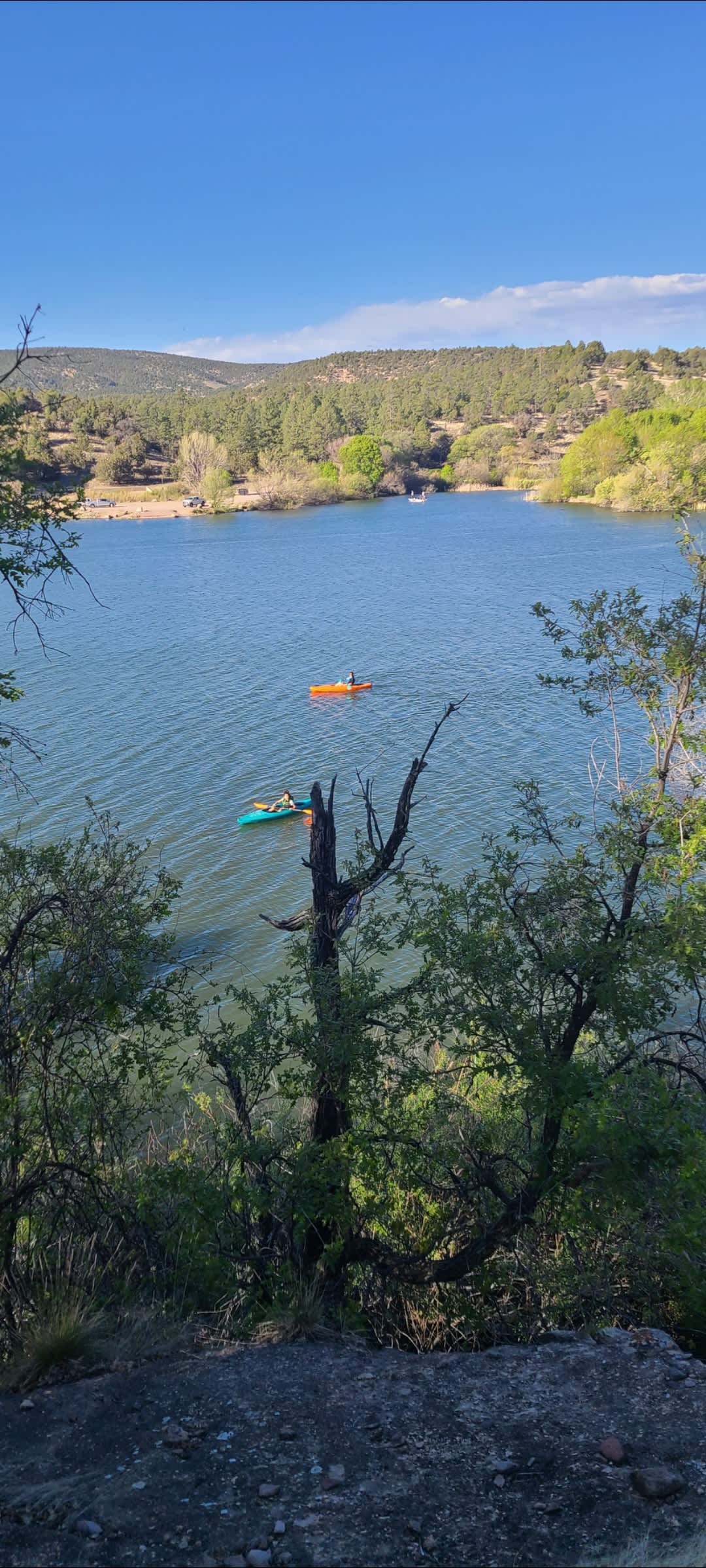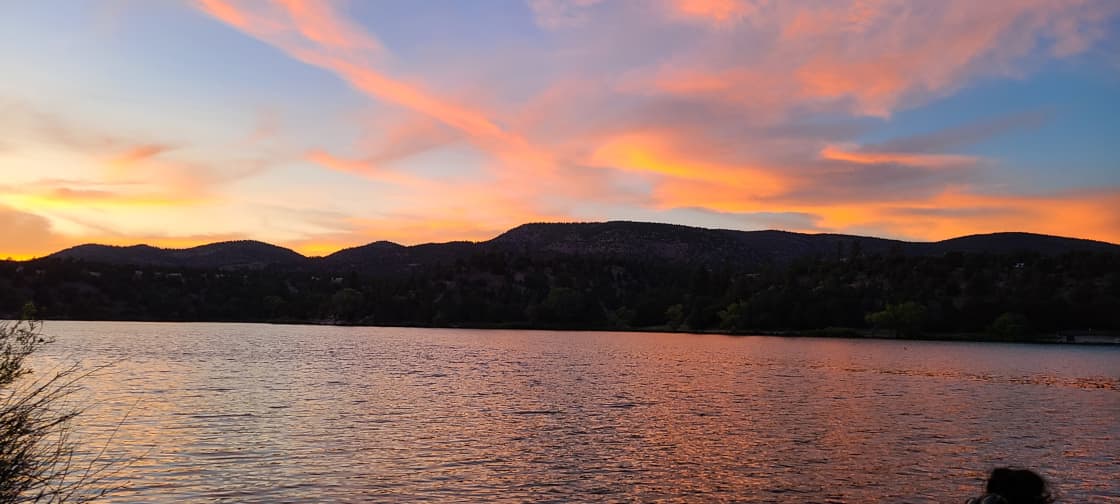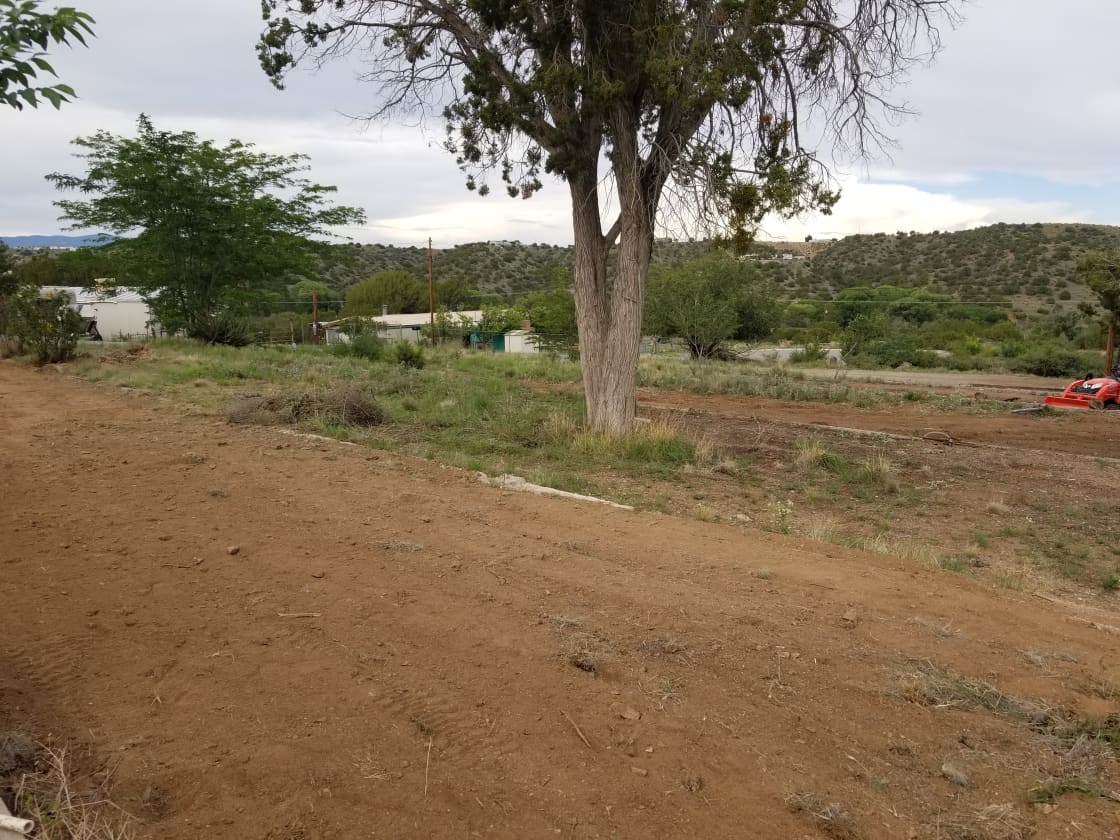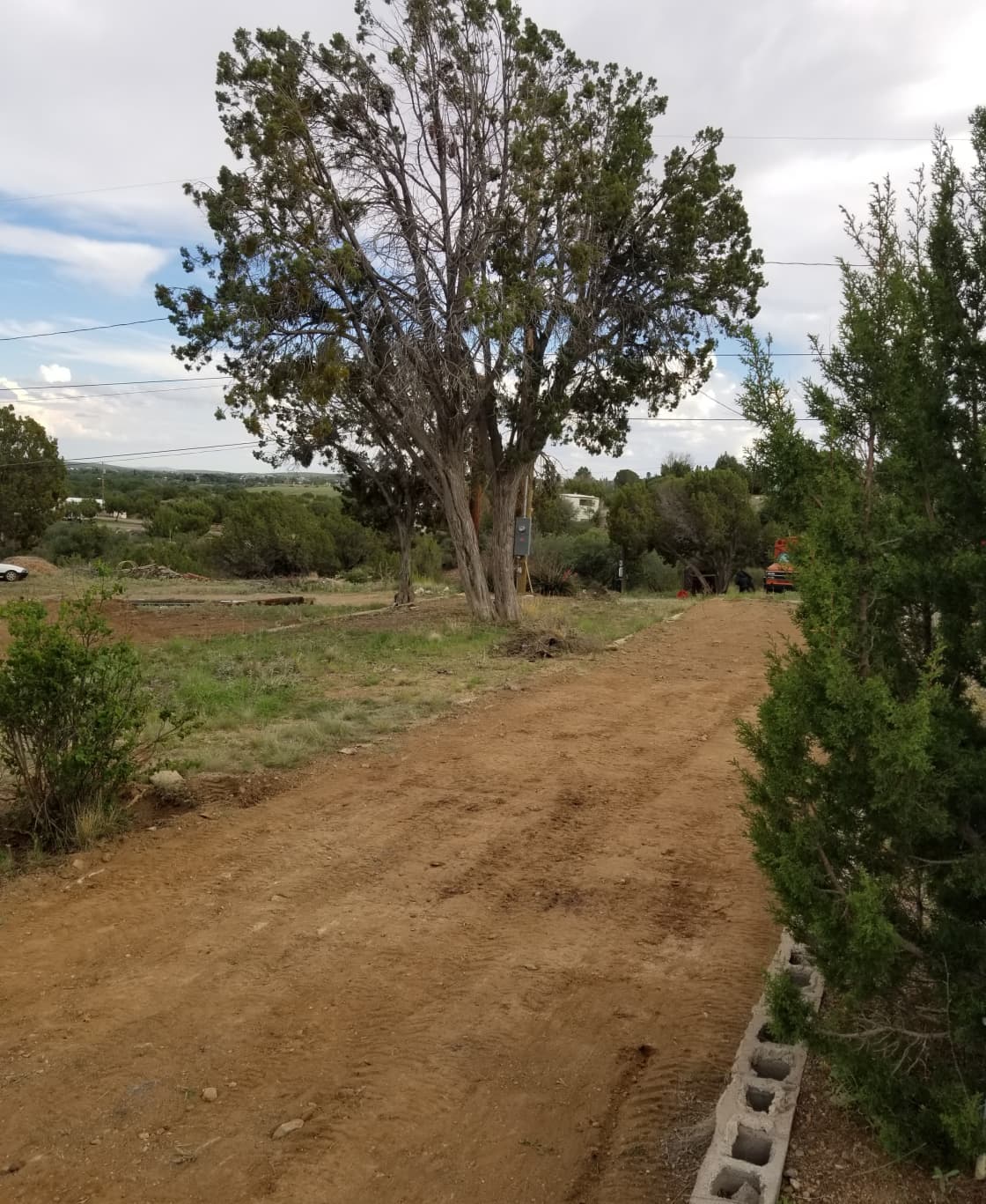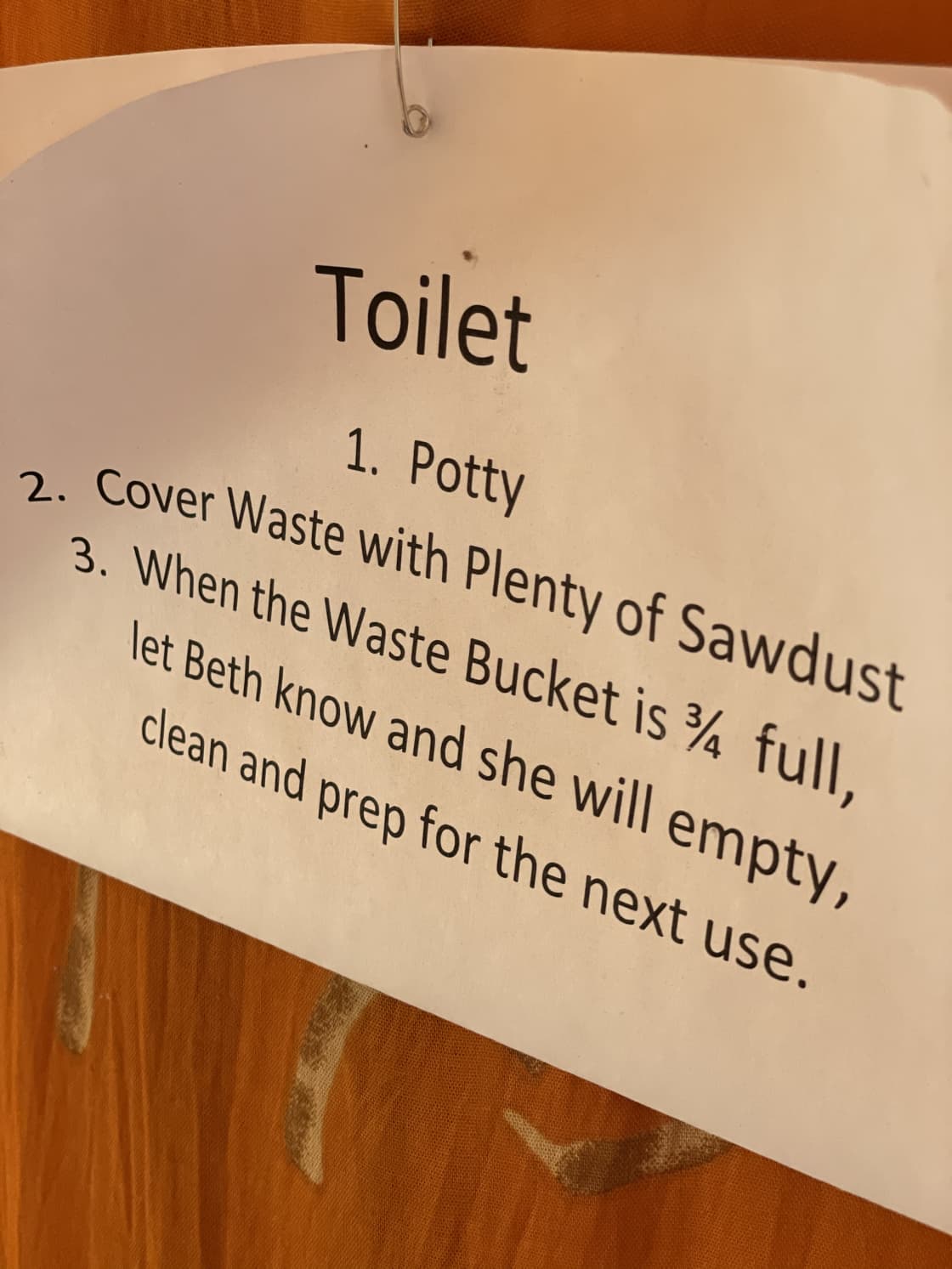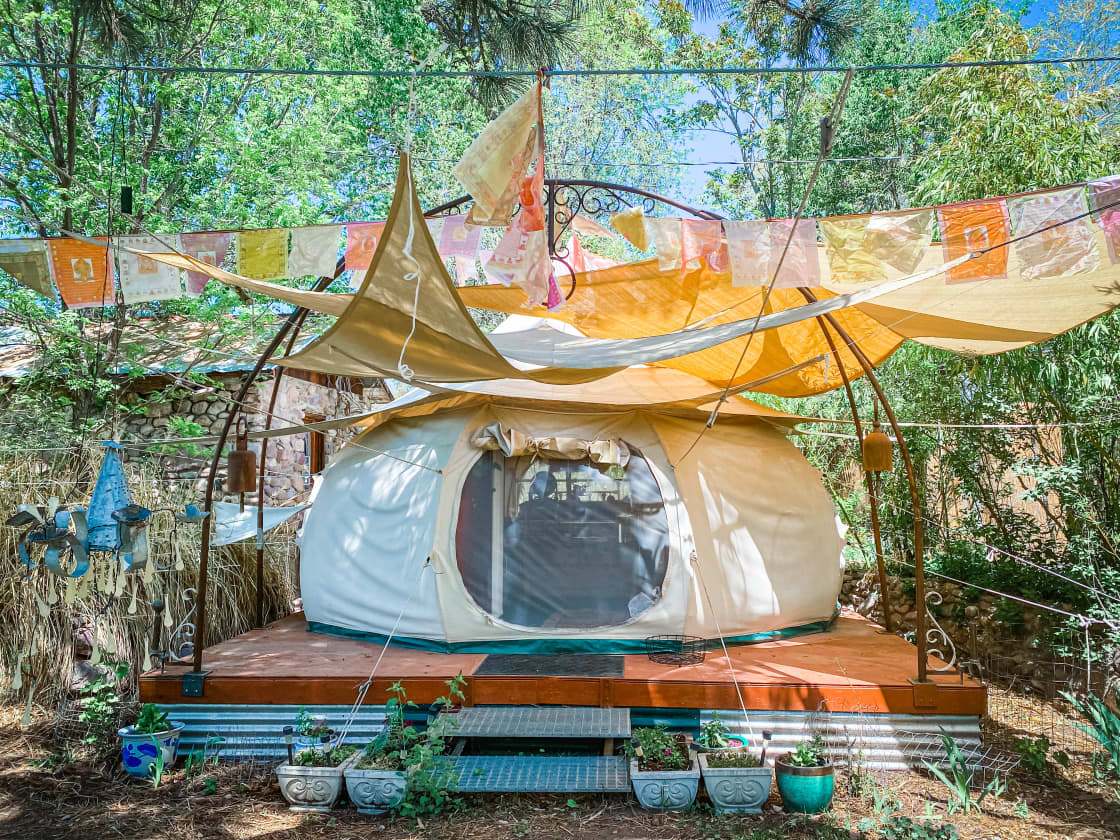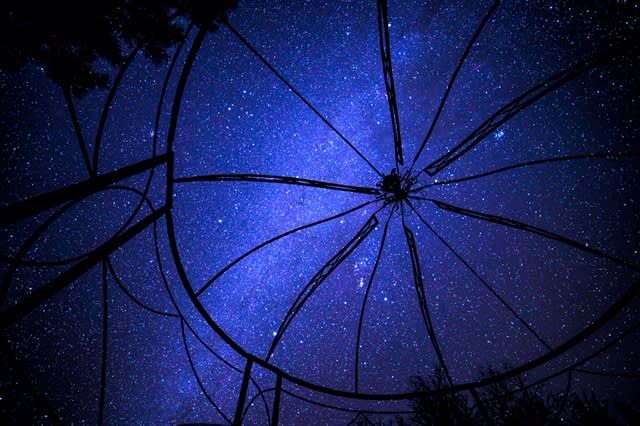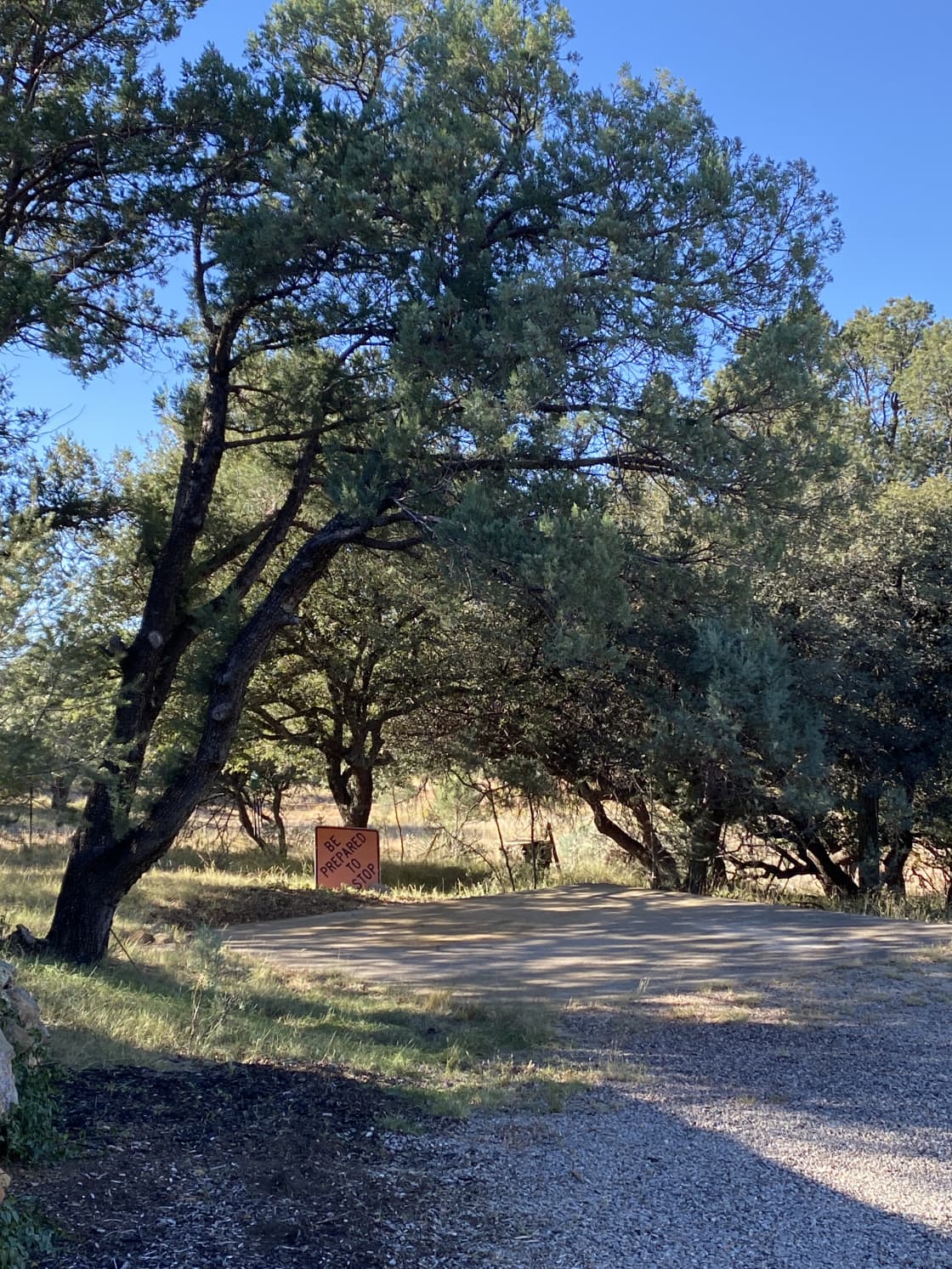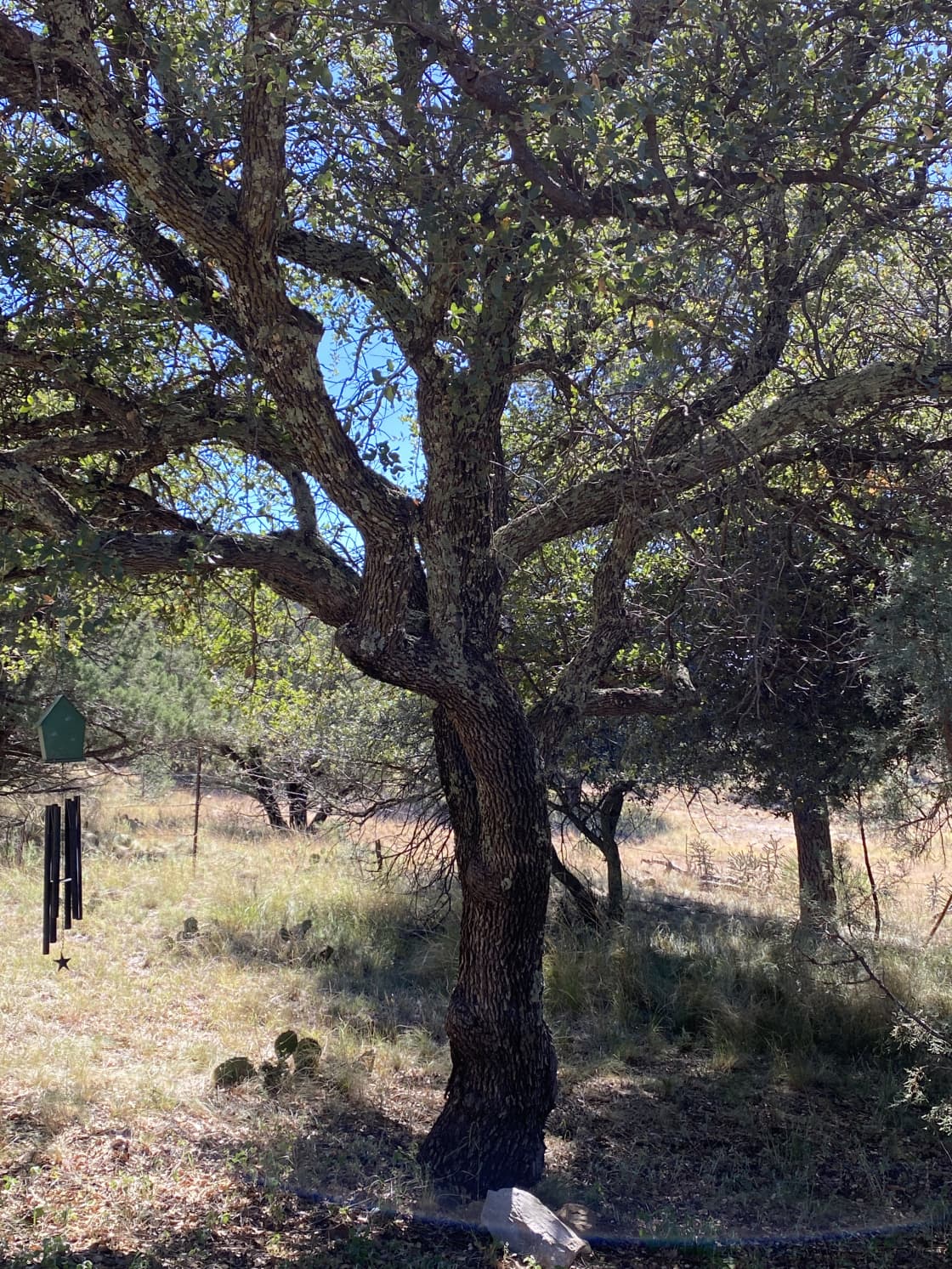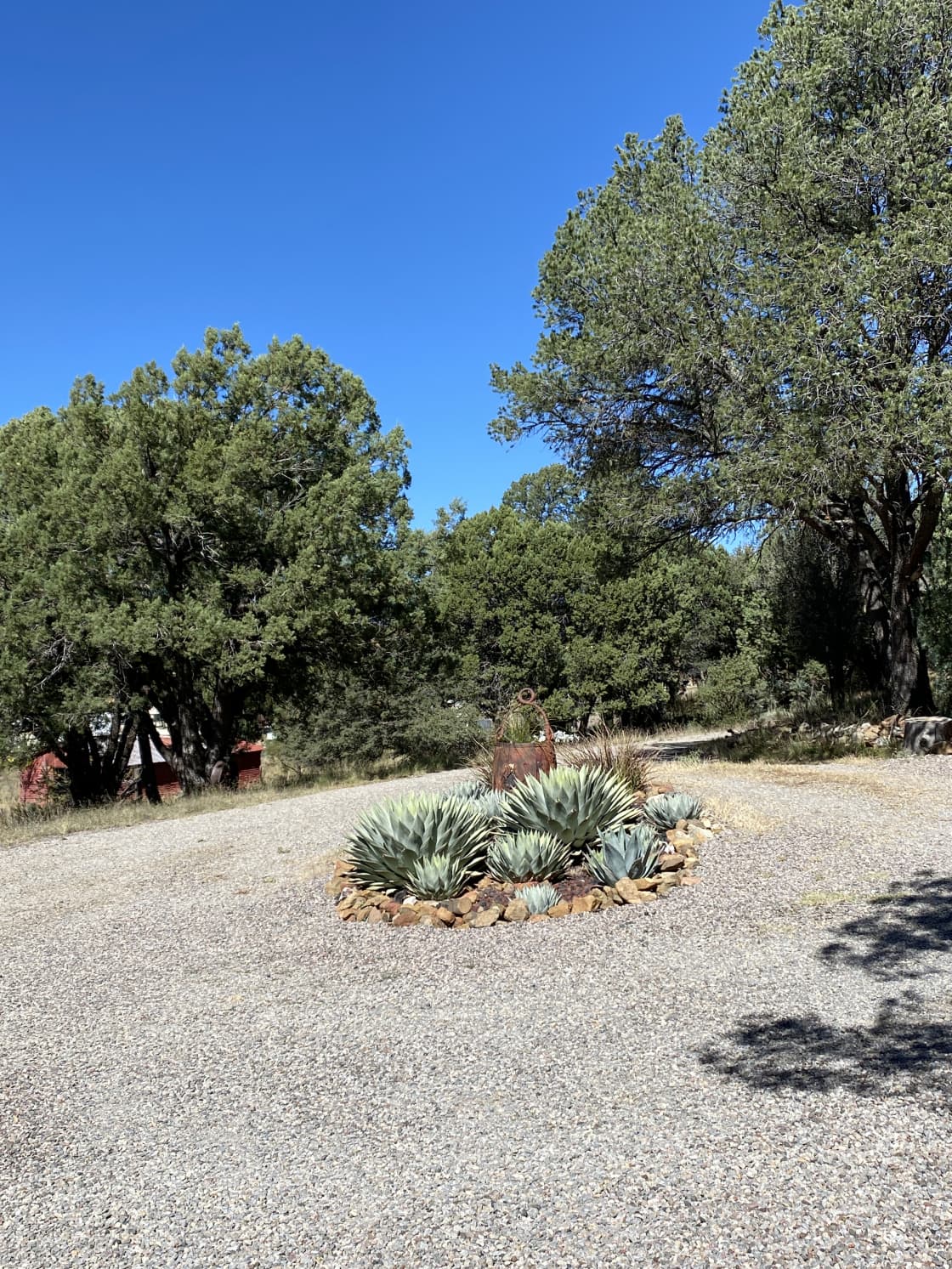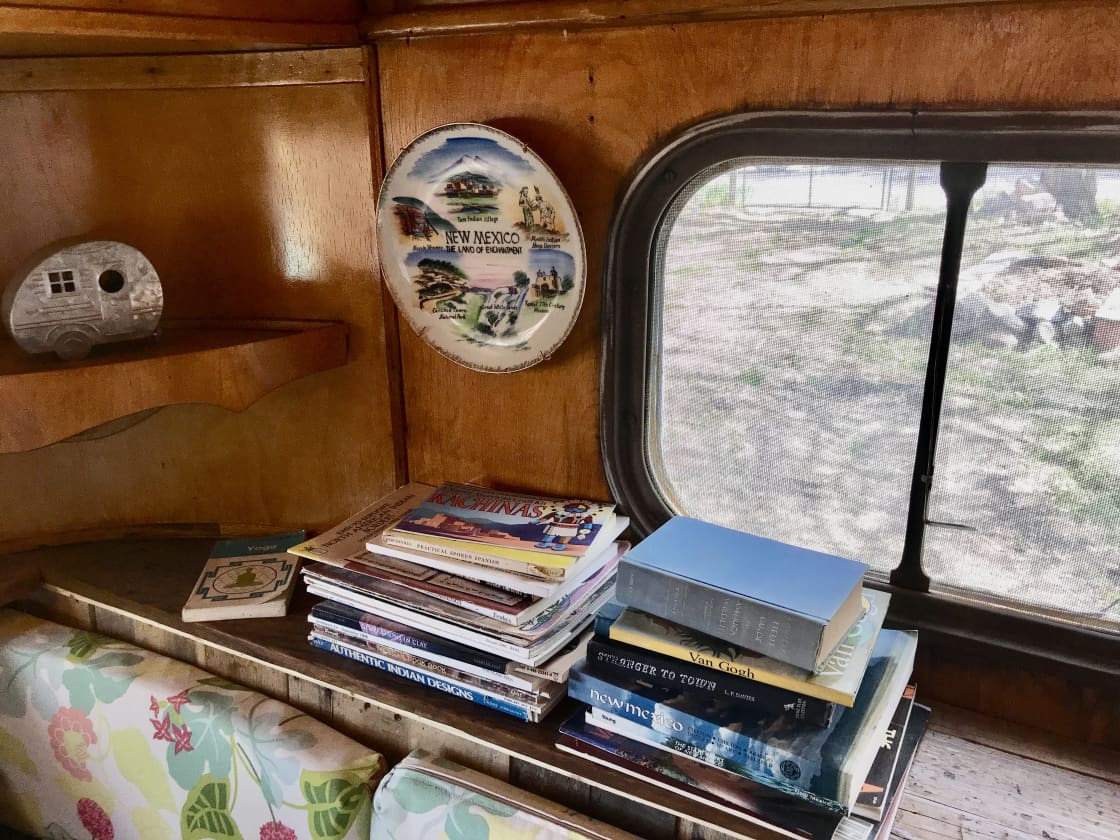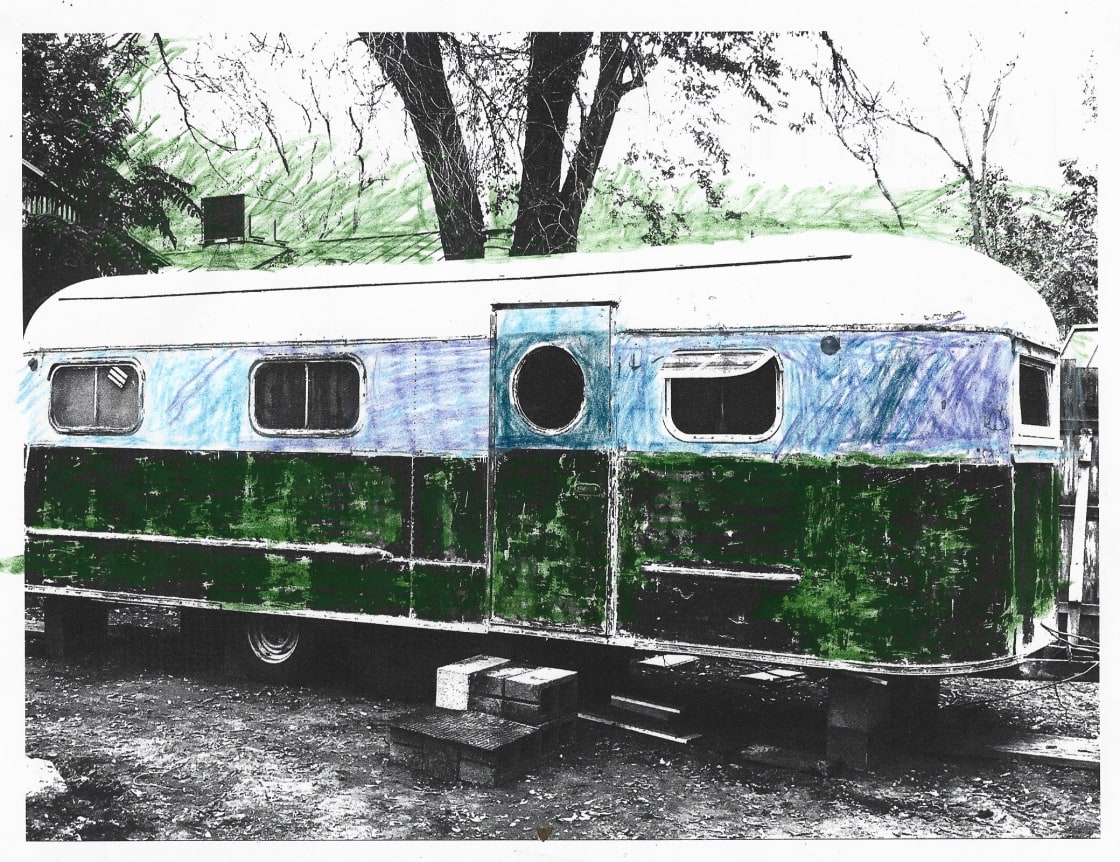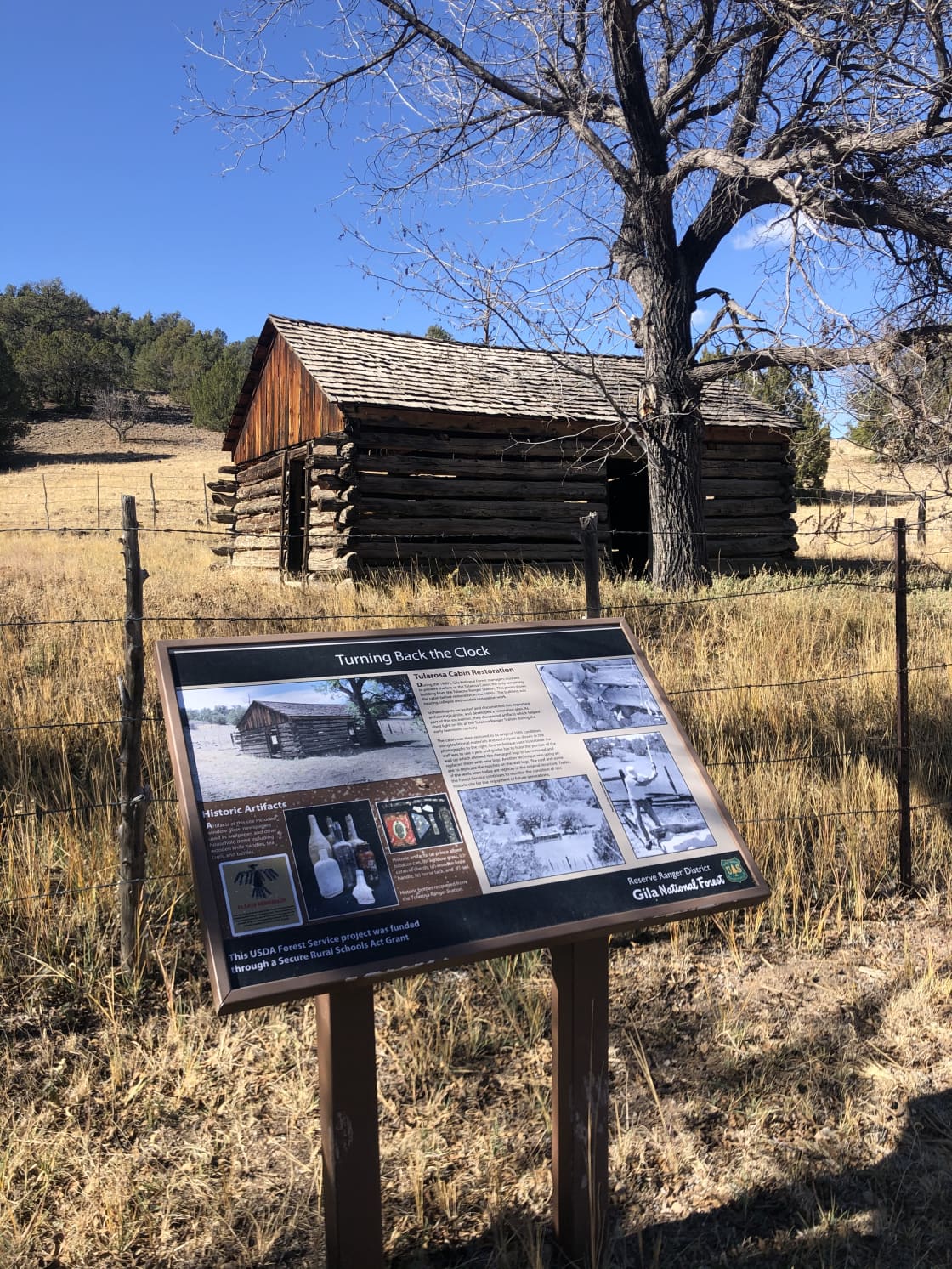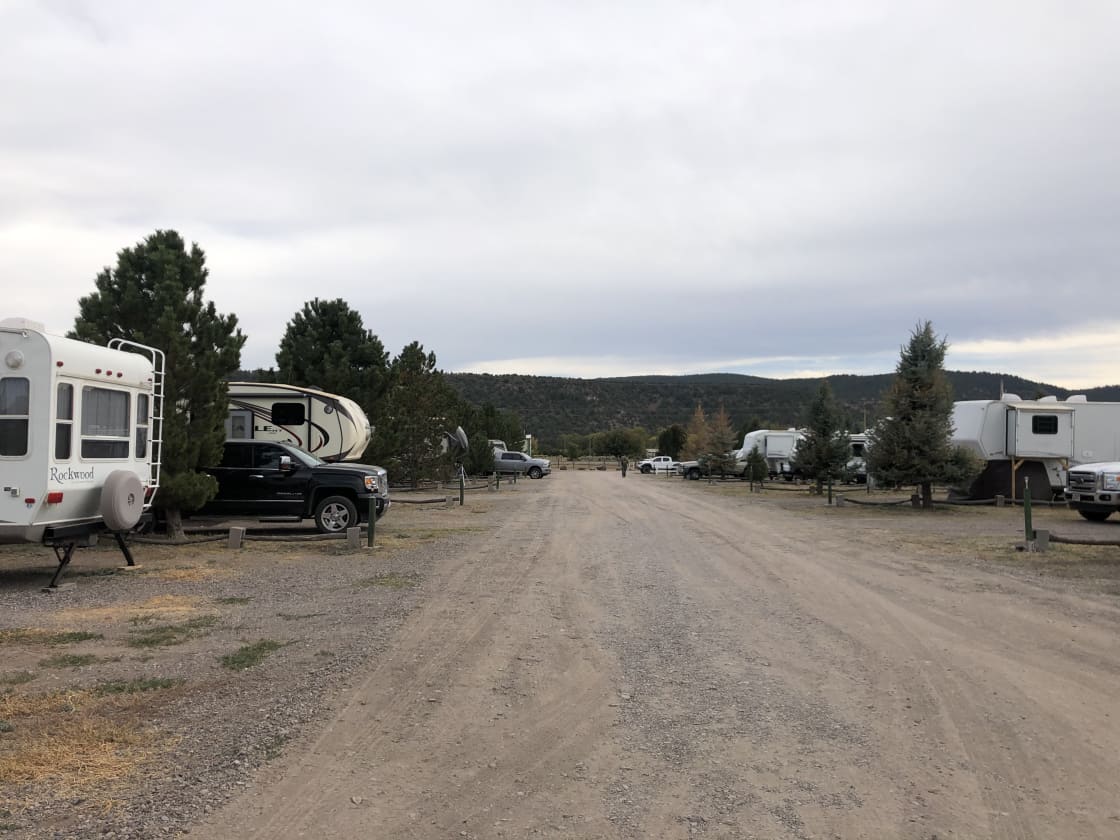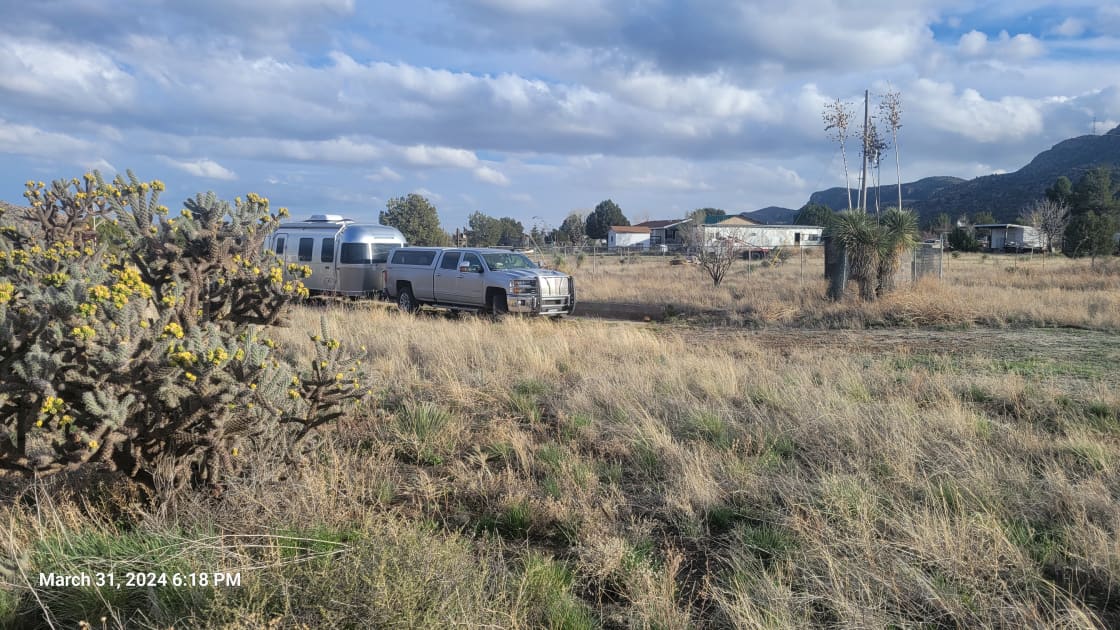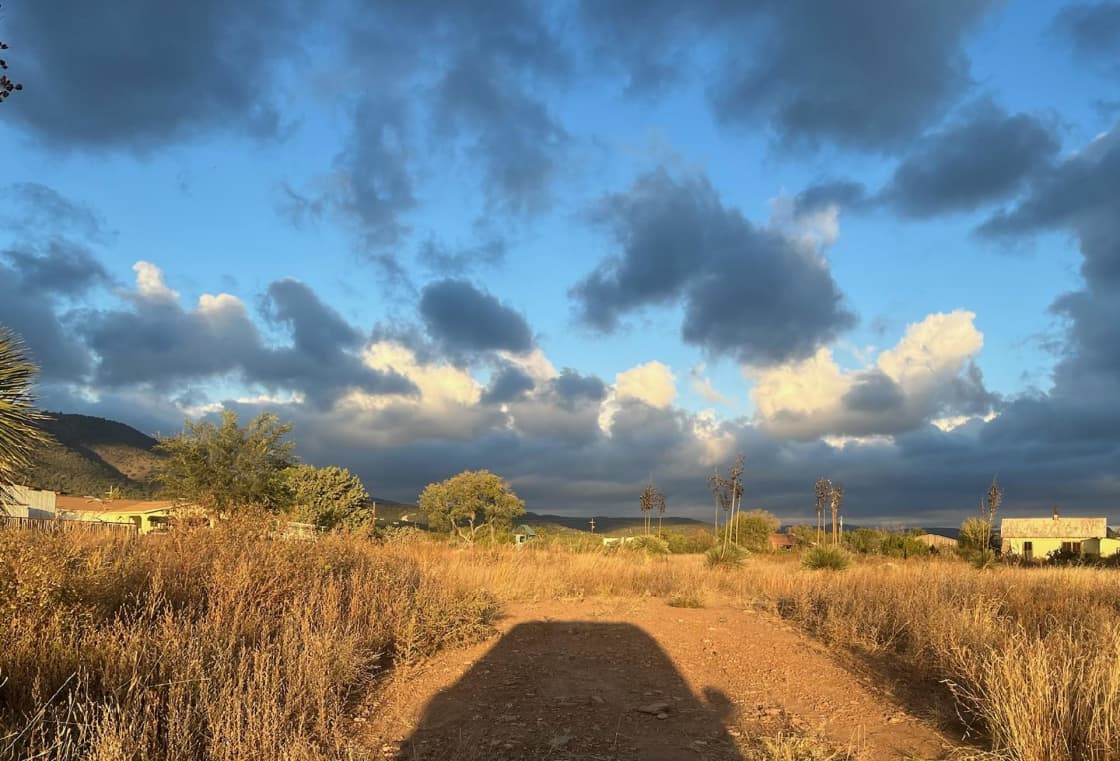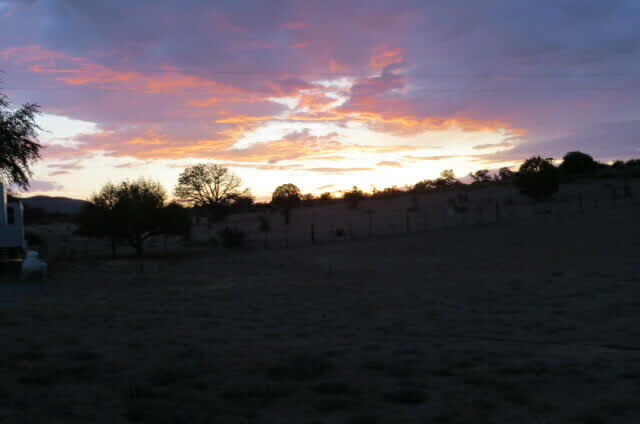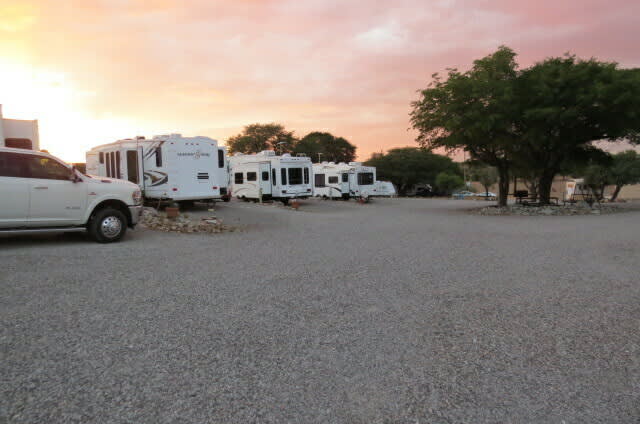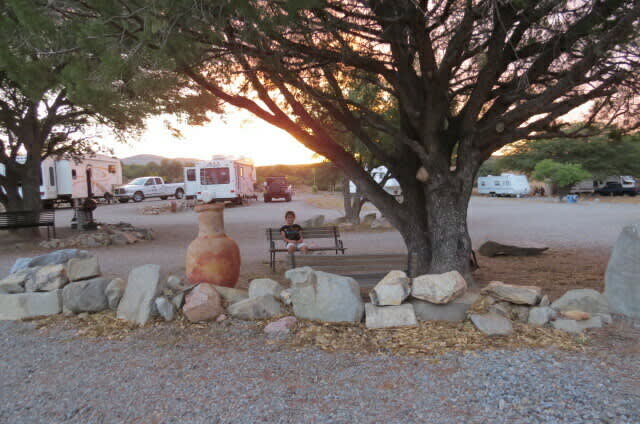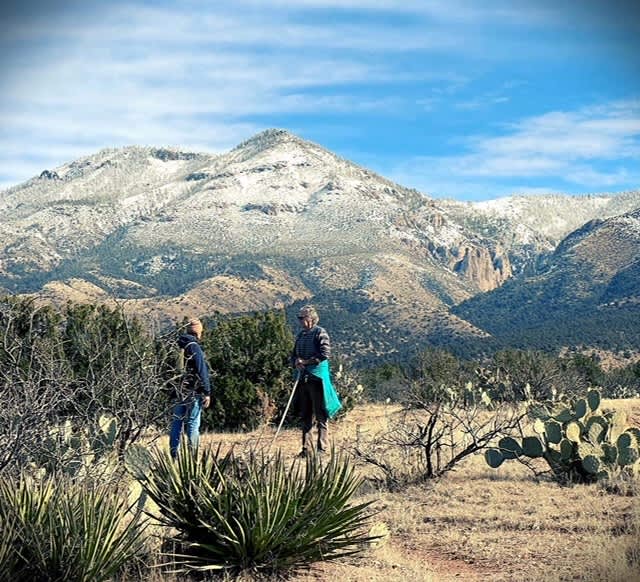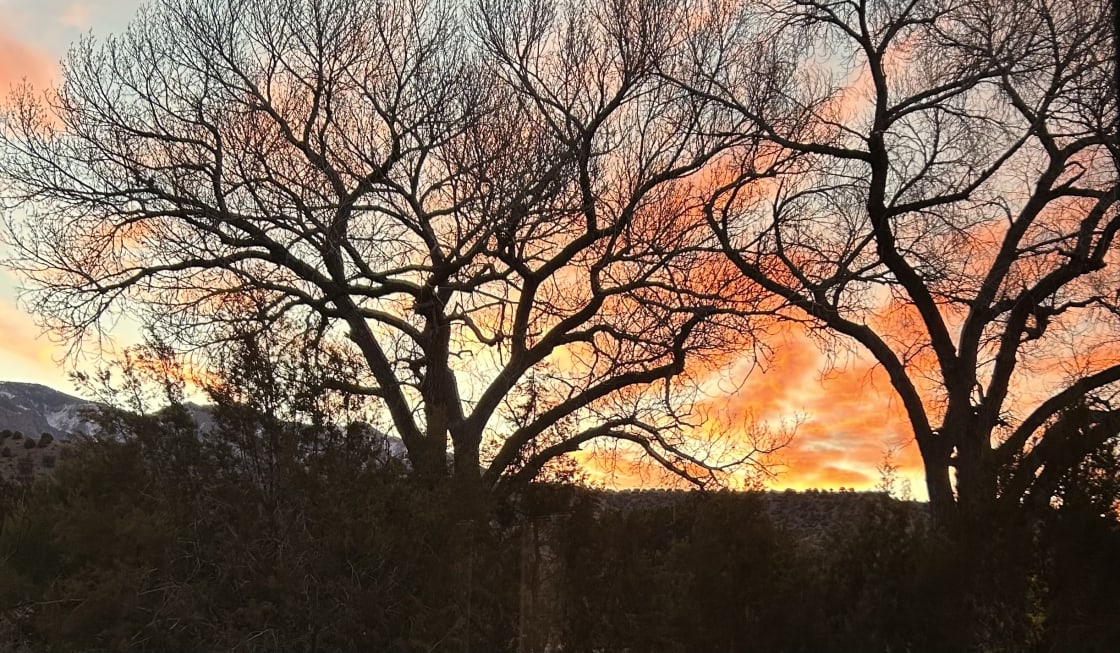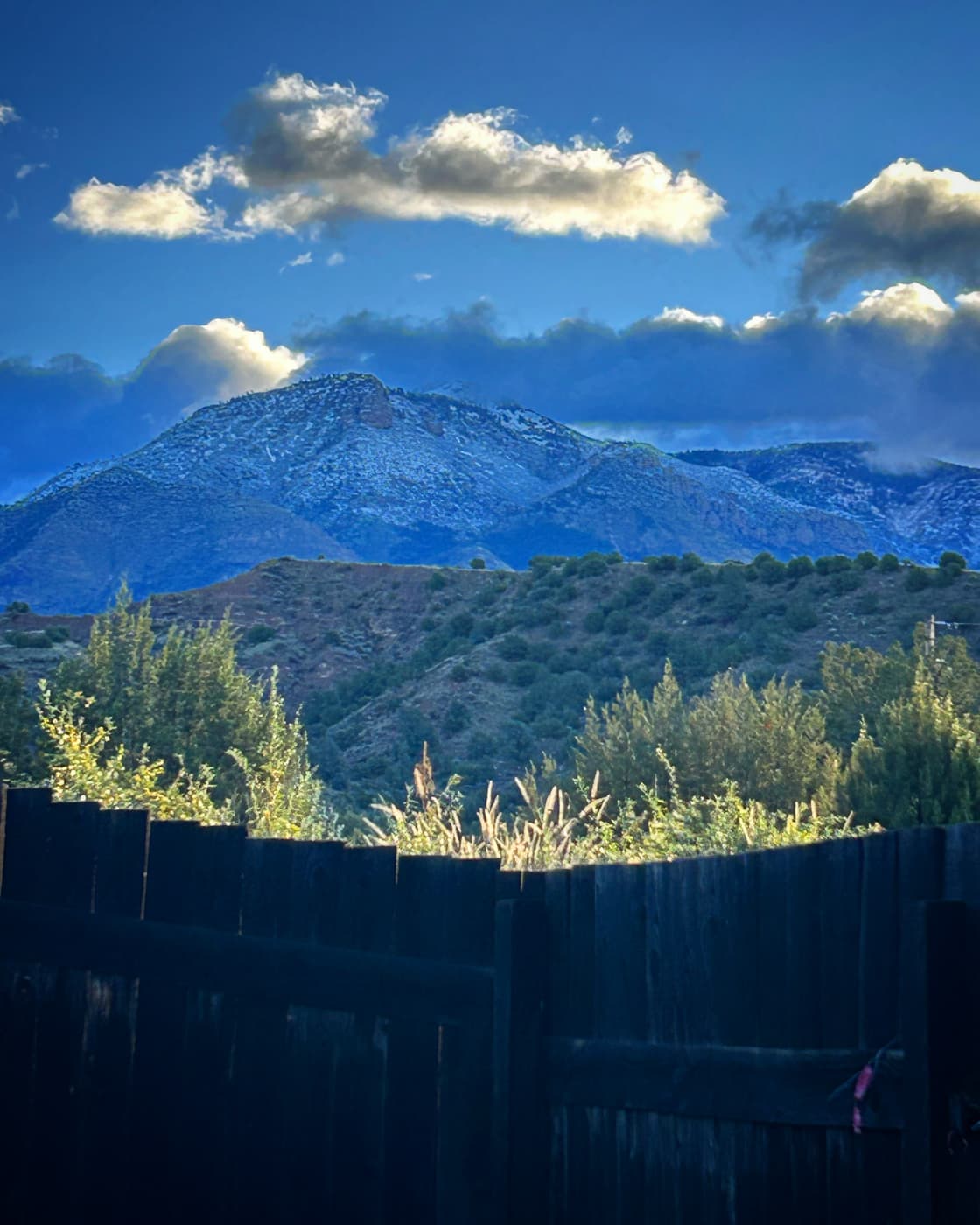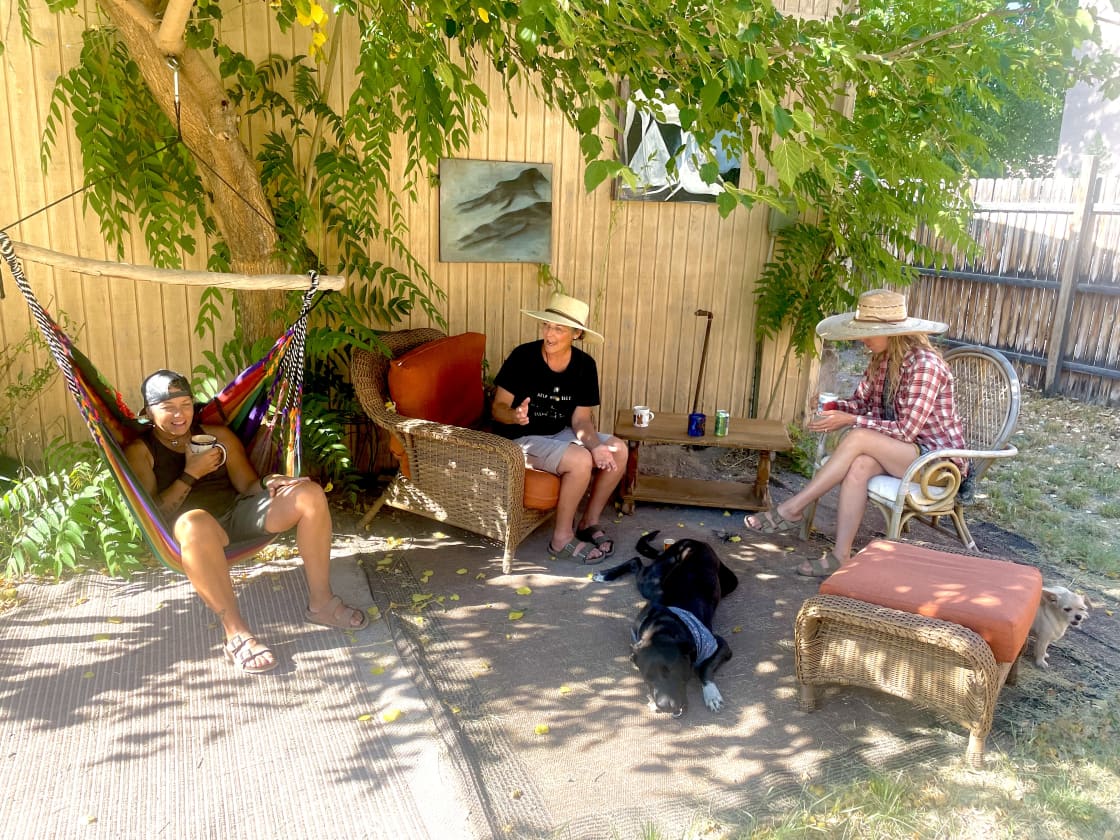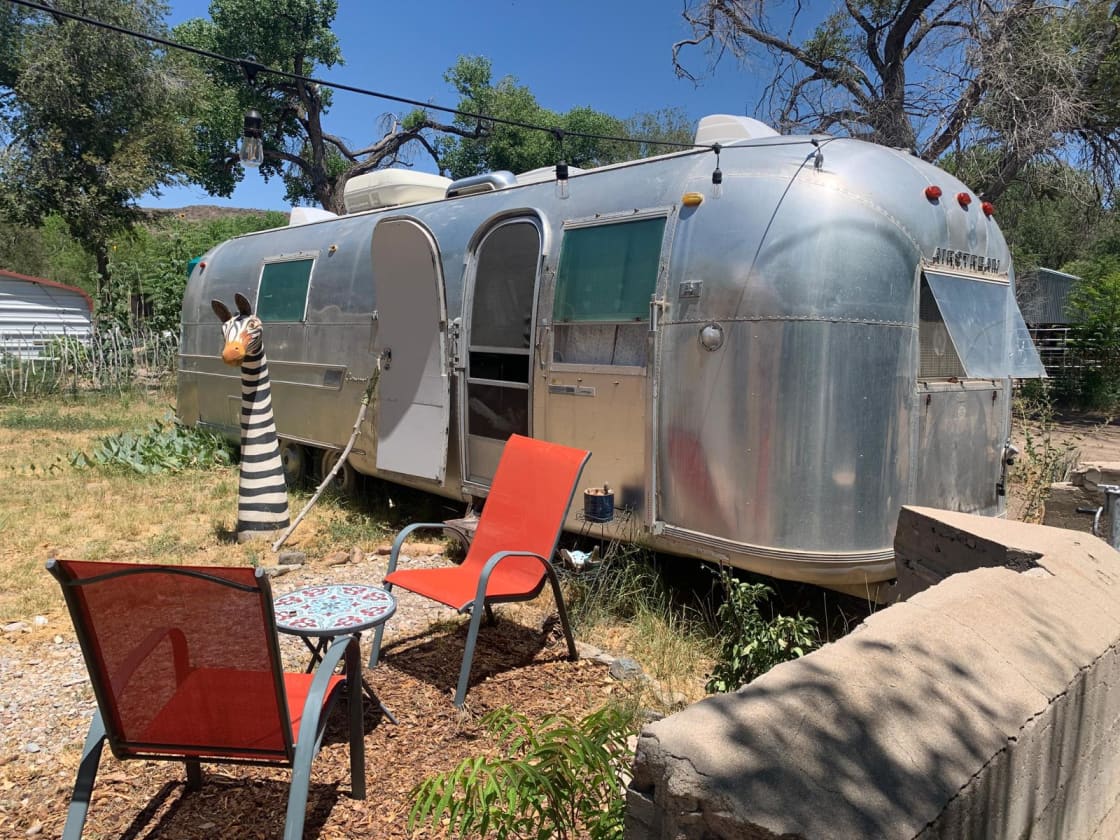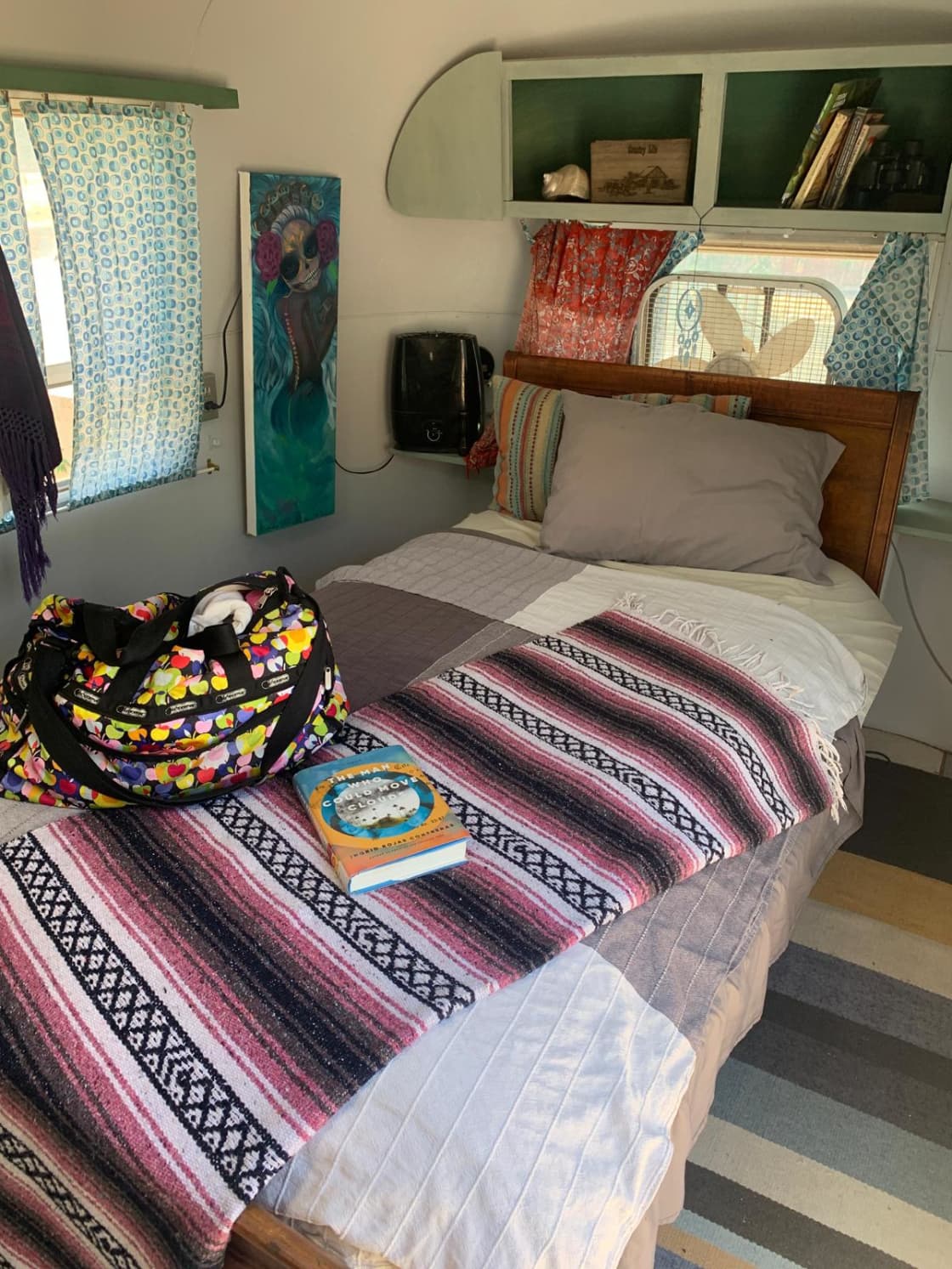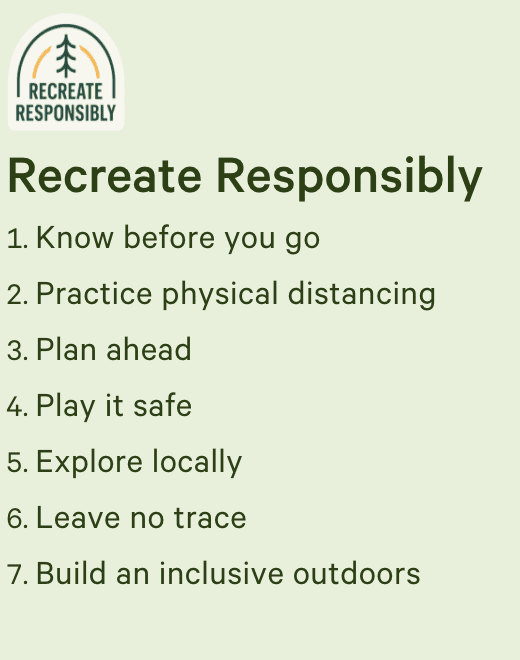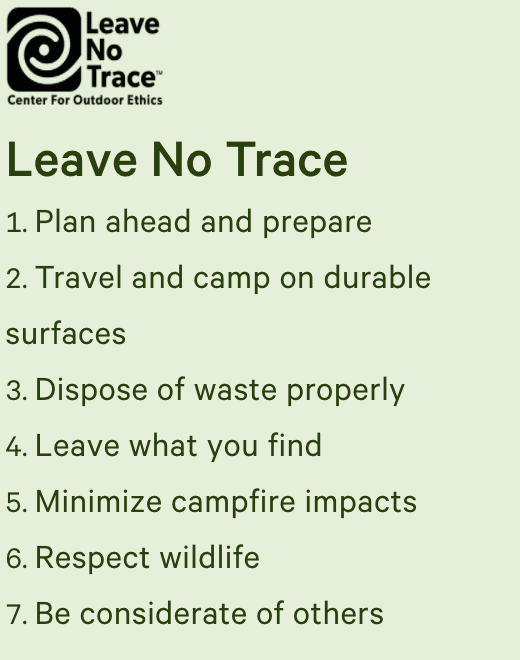7 sites · RVs8 acres · Gila, NMThe L.C. Ranch was the second largest Cattle Ranch in American history.
In its heyday around 1900 it was over one million acres.
Today the cows are gone, along with the vast tracts of land and the cowboys that managed the herds.
The Lyons and Campbell Ranch Headquarters remains as a time capsule of an era past. The extensive adobe compound includes the 27 room adobe mansion of Cattle Baron Tom Lyons and his wife Ida Campbell, along with the fabulous Old West Saloon, Jail, post office, bunkhouses, Theater and Chapel. In the summer months enjoy the great swimming pool, and in the spring and fall enjoy the Mimbres design hot tub. Our RV sites are closed in the winter, but our Airbnb apartments are closed in January only.
The Theater has just added a video cinema system to its live performance capabilities.
Think "movie night".
There is a lot of history here, and for just $10/person you can take the 2 hour tour of the historic grounds.
The L.C. Ranch is located in the tiny village of Gila, just 30 minutes from Silver City, right off U.S. 180 on NM Hwy 211.
Learn more about this land:
Near Silver City, New Mexico, the Historic Lyons & Campbell ranch is in the tiny village of Gila in the lush Gila river valley in the otherwise arid Mountain Southwest. Dog Friendly! (Cats? Not so much, better keep them inside your RV at all times). This massive 60 room adobe compound dates from 1810, is one of the oldest houses in the southwest and was a million acre ranch, the second largest in America back in its heyday from 1880 to 1920, and includes a museum, theater, Old west Saloon, Chapel, jail and two apartments "Inn at the L.C. Ranch" in Gila, NM, available for short term rental on a!rbnb.
4 RV spots with full hookups, AND Wi-Fi. 20 or 30 amp, are $40 per night for up to 2 people. 50 amp for $50 per night. Additional guests are $10 per night, and up to 6 people per site. Hook ups include sewer and water connections, and access to the swimming pool, Hot tub, Old west Saloon and Gallery. Two night minimum.
Swimming pool is open May thru September, Hot tub is currently off-line due to rennovations.
NO FIREWORKS! Please! We are relaxing our fire ban to allow charcoal or gas BBQs, and fully screened portable fire pits, if it is NOT windy. We do not supply these. There is plenty of firewood here, but you will have to cut/break it to usable size. Please be careful.
The authentic old west Saloon, Historic Main House, Theater, Gallery, Jail are all available to tour, and for workshops, retreats, Weddings, groups etc. The two hour guided tour of the museum in the main house, the "adobe mansion" of Cattle Baron Tom Lyons, is $10 per person for RV guests.
The swimming pool and Lanai are located near the Sunset Site, RV Site #3. It will handle any size rig, 65'+, 20/30/50 amp. Big fifth wheels, Class A or C Motorhomes, no problem. It is our only pull through site. The Lanai by the pool has BBQ, pizza oven, sink, refrigerator, music, games, croquet, darts...
Site for Sore Eyes, #4, is a smaller site with 20/30 amp electrical service. It is a "back in" site suitable for Class C, CamperVans, and smaller travel trailers.
The other two RV spots are a short walk away, about 150 feet. Site #2, Gemini Site is good for up to 65', pull in, perfect for any size Motorhome or big rig, 20/30/30/20 amp with a unique double rig pedestal that allows a second 30 amp rig to hook up at your descretion. It also has its own shaded picnic area and picnic table. 4" sewer connection.
Site #1 has a full tree canopy over head, perfect for Class C or Travel trailers. "Back in" site, 20/30/50 amp, water, 4" sewer and wi-fi.
The Mimbres design hot tub is located in the bath house between the two RV locations. It is wood-fired and available on request. (currently off-line due to rennovations) It takes all day to heat it up and it is NOT recommended on windy or freezing nights as it is quite exposed. There is also a bathroom with flush toilet at the pool, along with fridge, BBQ, Wood fired pizza oven, misters and bar in the Lanai, and a guest laundry with an indoor shower nearby in the Spanish courtyard. There are additional bathrooms in the Saloon and the Theater.
Karaoke at night in the old west Saloon used to be a regular occurrence on weekends before covid, let's see if we can get that going again this summer. The Saloon is equipped for live music as well, with guitar and bass amps, P.A. and electronic drum kit. The Saloon as well as the entire property is BYOB. The Saloon is not open to the public and has no liquor license. We like it this way.
Wi-fi is available at all our RV sites, and is best in the Saloon and Gallery. We have just installed new Wi-Fi extenders. Cell phone service is sketchy, some people with Verizon or T-Mobile get service. It's best on the observation mound. Discounts for longer stays...
